 An interesting Quick Question showed up in my inbox last week, with regard to the amount of time that an electrified lock stays unlocked:
An interesting Quick Question showed up in my inbox last week, with regard to the amount of time that an electrified lock stays unlocked:
Do the accessibility standards mandate an extended amount of unlock time for electronic locks, to accommodate people with disabilities?
When an electronic credential (code, fob, card, etc.) is used to unlock an electronic lockset, most products have a setting for how long the lock will stay unlocked. For example, a lock could automatically relock after 3 seconds, preventing access/ingress after that period.
Some products allow an extended relock setting, for users who need a little extra time. Because leaving the lock unlocked longer could affect security, the setting is limited to specific users in the access control system. For facilities using Schlage’s ENGAGE platform, this setting is called the user ADA setting, as this extended amount of time (adjustable from 1 second to 255 seconds) might be helpful for someone with a disability.
But is this extra time required by the accessibility standards? I had never seen anything stated in the standards, so I checked with the U.S. Access Board to see if there was any guidance I had missed. The representative confirmed that the standards don’t mandate a specific unlock time, but that the door should remain unlocked for as long as reasonable to meet the needs of the individual user.
If you can’t find the answer to an accessibility question on iDigHardware, give the U.S. Access Board a try. The phone number and email address for technical assistance can be found here, and there is also a fantastic online guide to the ADA standards on the U.S. Access Board website. You can download the ADA Standards for free by visiting Access-Board.gov.
You need to login or register to bookmark/favorite this content.

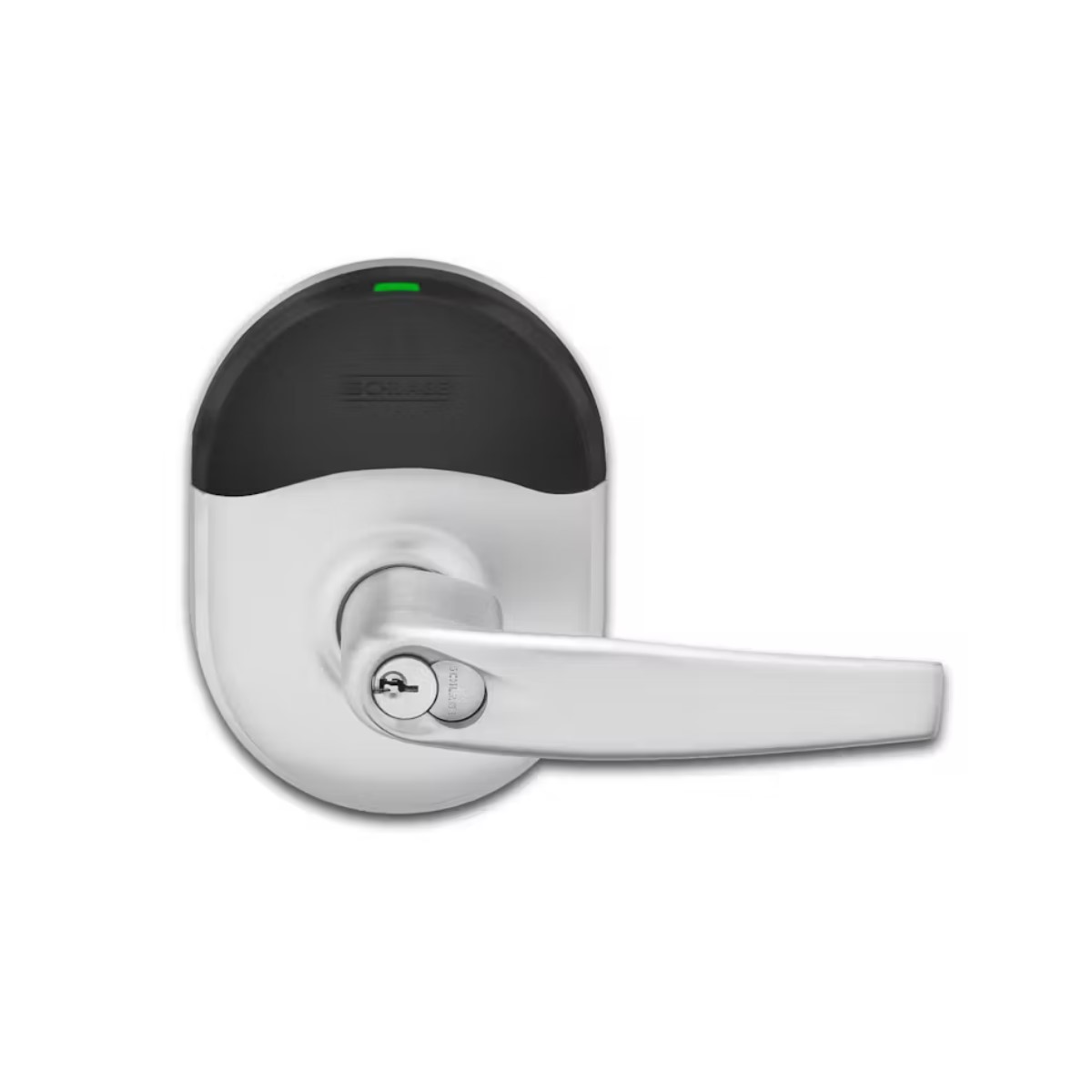
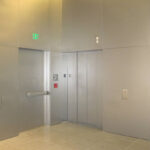
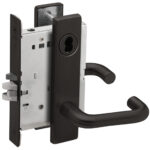

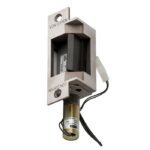


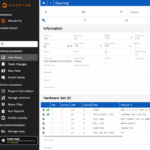

At my work, swiping a card energizes the lock for 10 seconds, *but*, as soon as the door contact sees the door open, the lock is de-energized. So you have 10 seconds after card swipe to open the door, but the door will immediately lock on closure, preventing tailgating after a closed door.
Hi Matt –
Great point – it’s not just a timer, but there is either a door contact or a latch monitor or an RX switch that is relocking the lock.
– Lori